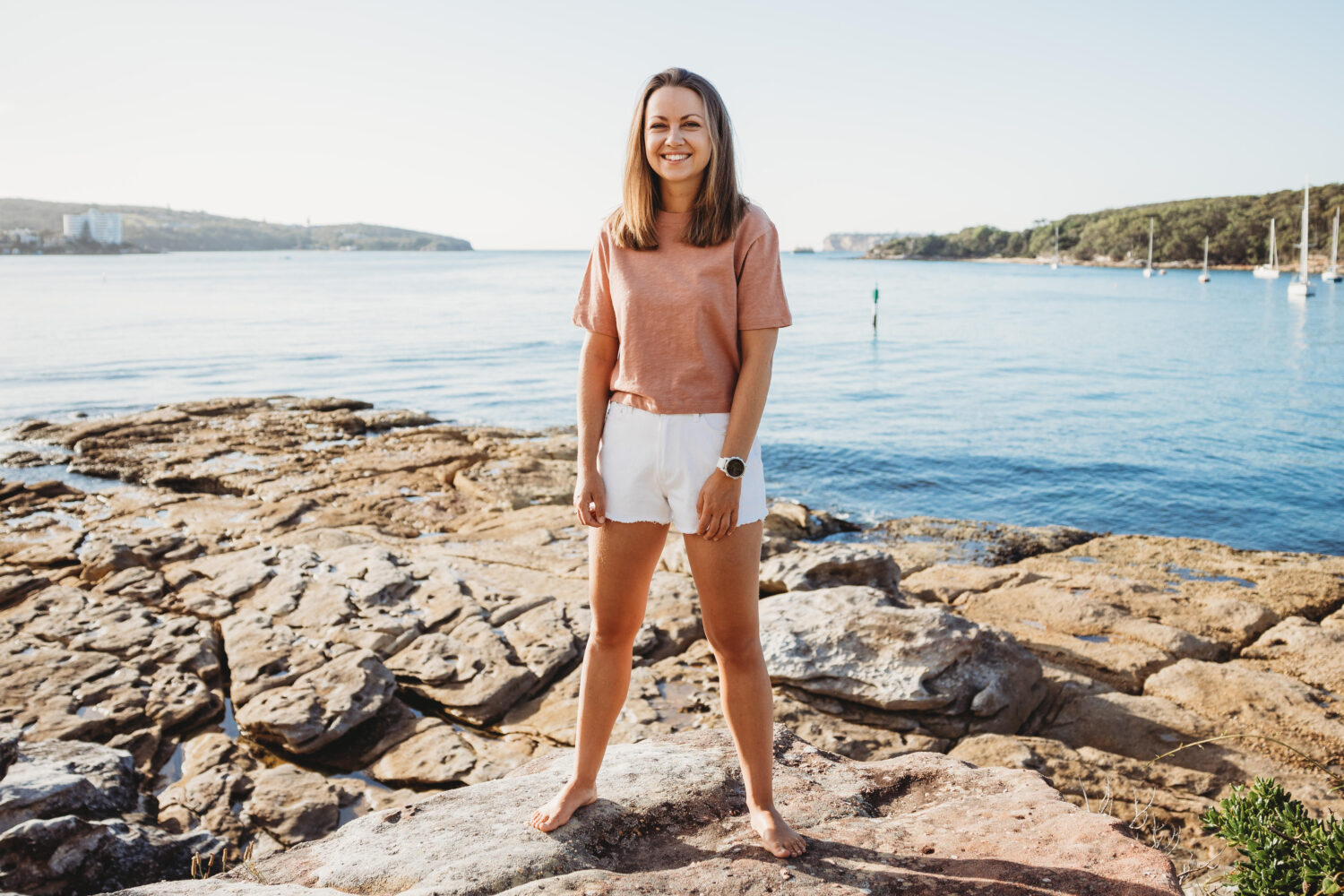A Beginner’s Guide To Stand-Up paddle-boarding.
Vikki Weston, Founder of She SUPs, an all women’s stand-up paddleboarding community, is sharing her top tips for anyone who is considering to jump up on the board for the first time to enjoy the incredible mental and physical benefits that being on the water brings.
If you’ve been to the beach this Summer, or in fact simply walked past any local lake, river or bay, the chances are you will have spotted a paddleboarder (or two)!
Stand-up paddleboarding (SUP) is having ‘a movement’ as thousands of Australians take to the water and discover the incredible mental and physical benefits that paddleboarding brings, as well as the amazing opportunities to explore your own back yard when on a SUP!
Physically, stand-up paddleboarding is the most amazing all body workout. While many initially believed that it’s all in the arms and shoulders, a good paddle stroke actually originates from the core and uses an orchestra of muscles, from toes to hamstrings, glutes to forearms, to create the momentum and move your board through the water.
Mentally, with its slow repetitive rhythm, surrounded by nature, stand up paddleboarding has amazing mindful benefits. The repetitive rhythm becomes meditative and helps unlock the stresses and strains clogging up your brain, and after an hour your problems can seem a million miles away.
If you’ve been curious about trying paddleboarding but haven’t been sure where to start, here’s how to get started:

1. A lesson is invaluable
With everyone from Aldi to Anaconda stocking SUPs these days, many people’s first experience involves simply buying a board and just ‘giving it a go’. However, this doesn’t always result in a positive first experience. Having a lesson to learn proper technique and understand which conditions are suitable for SUP is invaluable. Not only will good technique help you feel comfortable on the board so you can focus on having fun, but it will also prevent injury and keep you and your loved ones safe.
2.Check the [detailed] weather forecast before you Stand-Up Paddle-boarding
Often SUP newbies can find themselves caught out on sunny days which look like ideal beach days but are actually too windy for SUP. Websites like Seabreeze and Willy Weather offer a great hour by hour forecast, where you want to focus your attention on the wind. As a guideline, my safety limit for She SUPs paddles is 12 knots of wind. Typically, if the forecast is 12 knots (approx. 22 kph) or above, it isn’t going to be an easy or enjoyable SUP experience for newbies.

3. Don’t be embarrassed about kneeling!
Yes, it’s called stand-up paddleboarding, but sometimes it’s ok to kneel! Kneeling is actually a technique that all paddlers use from their SUP toolkit. You should be kneeling in shallow water when you’re launching and coming back in from a paddle, you should also kneel when paddling into a strong headwind as you’ll get a lot more power from your stroke. Kneeling in SUP is like a child’s pose in yoga – it’s a resting position! At She SUPs a lot of ladies start out kneeling or sitting on their boards, and we encourage that because at least you’re still gaining all of the mental health benefits from being out on the water. The standing will come.
4. Always wear a leg rope
In NSW it is not a legal requirement to wear a lifejacket while paddleboarding, however, Maritime do recommend you wear a leg rope when Stand-Up Paddle-boarding. This is because when/if you fall off your board, typically the board shoots one way and you go flying in the other direction! A leg rope keeps your board nice and close to you so you can easily climb back on quickly and safely. Wear a coiled leg rope if you’re flatwater paddling or straight leg rope for surfing.
See you on the water!
You can find out more by visiting www.shesups.com.au





